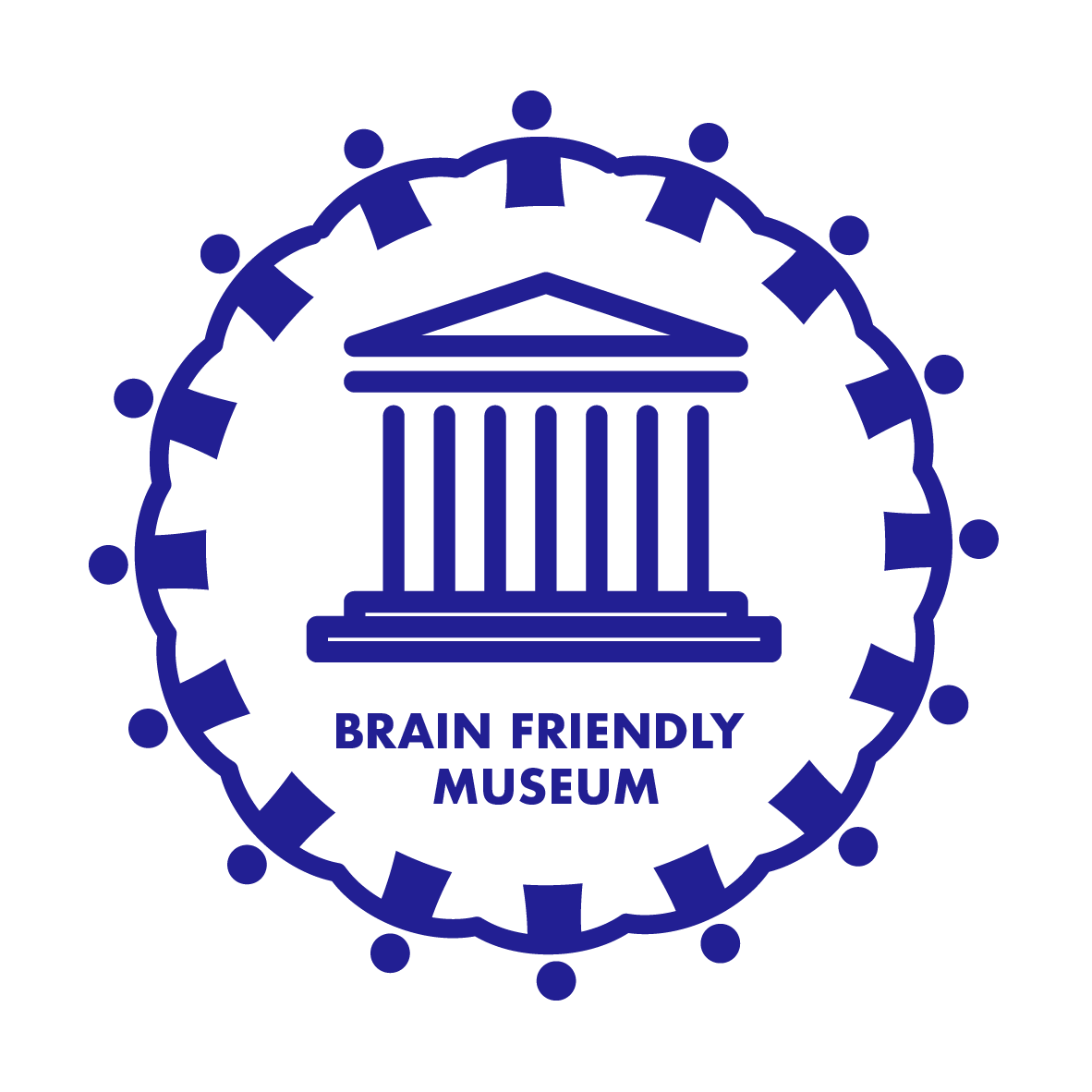YOUR BRAIN ON ART:
HOW THE ARTS TRANSFORM US
S. Magsamen and I. Ross
(Canongate Books Ltd – 2023)
WHY READ IT
Its value lies in introducing neuroscience terminology that museum professionals are beginning to adopt as brain science advances, and in showing that the transformative experience with art can only be fully understood through an interdisciplinary framework.
TOPIC
“Your Brain on Art: How the Arts Transform Us” explores the complex relationship between art and neuroscience, showing how artistic experiences can deeply influence the human brain, mental health, and overall well-being. Humans constantly experience a wide range of emotions, which are complex neurochemical responses to both external and internal triggers. While studying emotions is challenging due to the difficulty of observing how the brain processes them, advances in neuroscience and brain imaging technologies have greatly enhanced our understanding.
The authors introduce the concept of “salience,” which refers to how the brain prioritizes information. The brain’s salience network helps determine which stimuli deserve attention based on their relevance, novelty, or emotional significance. The stronger the salient experience, the stronger the circuit formed, leading to longer-lasting memories.
Moreover, they present four key concepts that help to understand the science of NeuroArts:
- Neuroplasticity
- Enriched Environments
- The Aesthetic Triad
- The Default Mode Network
According to Magsamen and Ross, these concepts help us understand how aesthetic experiences reach the brain through the senses, influence our neural pathways, and become key factors in increasing the saliency, or importance, of certain stimuli.
Countless studies described in the book offer research-based evidence that art—whether it’s music, dancing, painting, expressive writing, architecture, etc.—can support mental well-being, reducing stress, anxiety, pain, and trauma, while also prolonging life. By creating a more aesthetic environment and building a more art-centric day-to-day life, you can live a healthier, more fulfilling life.
A list of a few examples may help in understanding how art can transform us:
- Singing and humming activate the vagus nerve, engaging the parasympathetic system to make you feel good.
- Playing music increases the number of synapses and gray matter, which supports cognitive skills.
- The simple act of doodling increases blood flow and generates feelings of pleasure and reward. The act of drawing has been shown to release serotonin and endorphins that create a more generous and positive mindset.
- Dance activates multiple parts of the brain, including the basal ganglia, cerebellum, and motor cortex, all of which are affected by Parkinson’s disease. By engaging these areas, dance helps Parkinson’s patients improve movement, balance, and coordination, making it a valuable therapeutic tool for managing the disease’s motor symptoms.
Moreover, the book highlights how art contributes to flourishing—a state of personal fulfillment—by fostering creativity and curiosity, and how shared artistic experiences help create social connections, empathy, and a sense of belonging, which contribute to building stronger communities. It is important to remember the role of public art and community art projects in creating vibrant, cohesive communities, highlighting the importance of art in social and cultural life.
GLOSSARY
Neuroarts is the transdisciplinary study of how the arts and aesthetic experiences measurably change the body, brain, and behavior and how this knowledge is translated into specific practices that advance health and wellbeing.
Neuroplasticity is the ability of the brain to form and reorganize neural connections and to rewire itself. Art-related experiences can rewire the brain by strengthening neural connections, especially when the experience is highly stimulating.
Enriched Environments is the capacity to physically rewire and create new pathways in response to environmental stimulation throughout our lives. An enriched environment, such as nature, can promote neural development.
The Aesthetic Triad describes the dynamic nature of the individual aesthetic-making process through three components: Sensory inputs, The brain’s reward system and the cultural context.
The Default Mode Network is a network of brain regions that shows increased activity when you are not focused on the outside world but rather focused internally. It is linked to core functions related to human connection and well-being, such as the sense of meaning, empathy, and creativity.
LINKS
www.artsandmindlab.org
https://neuroartsblueprint.org
https://www.neuroartsresourcecenter.com
AUTHORS
Susan Magsamen, Bachelor’s in Communication Studies, Master’s in Applied Science from Johns Hopkins University School of Medicine, where she is a faculty member in the Department of Neurology.
Ivy Ross (Syracuse University School of Design, Fashion Institute of Technology in New York City, and the Professional Management Development Program at Harvard Business School) is a designer and currently the Vice President of Hardware Design at Google
